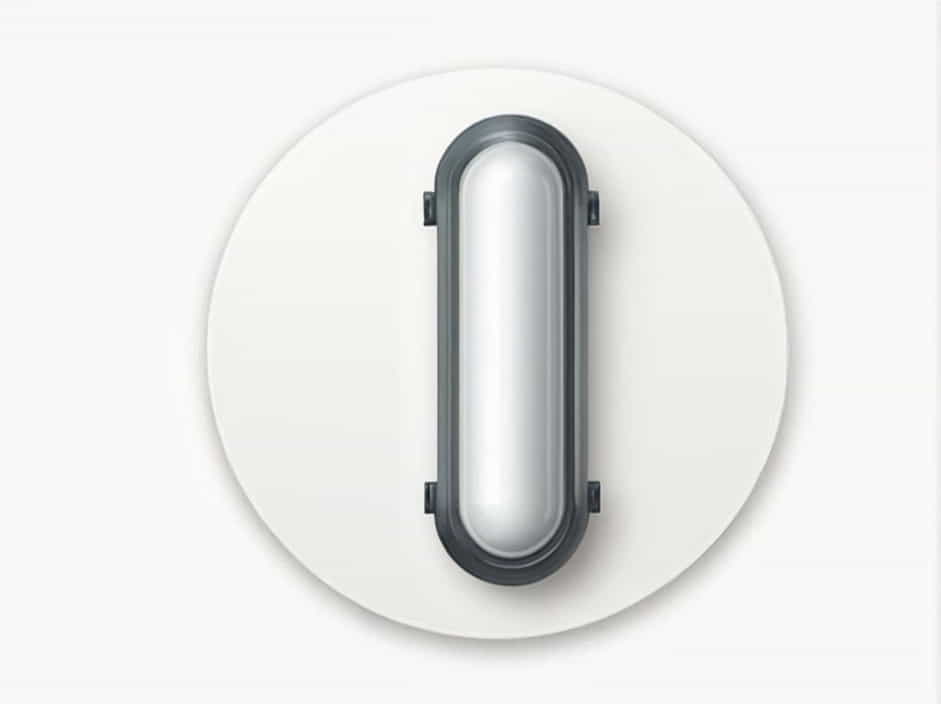The human respiratory system is a complex network of organs and passageways that work together to deliver oxygen to the body and expel carbon dioxide. Among the most important structures in this system are the large tubes that serve as a passageway for air, allowing for efficient breathing and gas exchange. These tubes include the trachea, bronchi, and bronchioles, which play crucial roles in directing air to and from the lungs.
Understanding how these airways function is essential for recognizing respiratory health issues and maintaining proper lung function. This content will explore the structure, function, and common disorders affecting these large tubes in the respiratory system.
The Main Airway: The Trachea
Structure of the Trachea
The trachea, also known as the windpipe, is a tube-like structure made of cartilage rings and smooth muscle. It extends from the larynx (voice box) to the bronchi, measuring about 10-12 cm in length and about 2 cm in diameter in adults.
The cartilage rings provide support and prevent the trachea from collapsing while allowing flexibility for movement. The inner lining of the trachea contains cilia (tiny hair-like structures) and mucus-producing cells, which help trap and remove dust, bacteria, and other harmful particles from the air.
Function of the Trachea
The primary role of the trachea is to act as the main airway for air to enter and exit the lungs. It performs several key functions:
? Transports air from the upper respiratory tract (nose and mouth) to the bronchi.
? Filters impurities through mucus and cilia.
? Warms and humidifies air before it reaches the lungs.
When the trachea becomes obstructed due to swelling, infection, or external pressure, breathing difficulties can occur, requiring medical intervention.
The Branching Airways: The Bronchi
Structure of the Bronchi
The trachea divides into two primary bronchi, which serve as the main branches that direct air into each lung. These bronchi further split into smaller branches called secondary (lobar) bronchi and tertiary (segmental) bronchi, eventually leading to the bronchioles.
Each lung has a different bronchial structure:
? The right main bronchus is wider, shorter, and more vertical than the left, making it more prone to foreign object inhalation.
? The left main bronchus is narrower and longer, angling more sharply due to the position of the heart.
Function of the Bronchi
The bronchi serve as the primary passageways for air to move deeper into the lungs. Their functions include:
? Distributing air evenly between both lungs.
? Continuing the filtration process started in the trachea by removing debris and pathogens.
? Regulating airflow by adjusting bronchial muscle tone (bronchodilation and bronchoconstriction).
Disorders affecting the bronchi, such as bronchitis or asthma, can cause inflammation and narrowing, leading to breathing difficulties and chronic cough.
The Smaller Airways: The Bronchioles
Structure of the Bronchioles
The bronchioles are the smallest branches of the bronchial tree, measuring less than 1 mm in diameter. Unlike the trachea and bronchi, bronchioles lack cartilage support but contain smooth muscle, allowing them to control airflow dynamically.
The bronchioles further divide into terminal bronchioles and respiratory bronchioles, which eventually lead to the alveoli (tiny air sacs) where gas exchange occurs.
Function of the Bronchioles
The bronchioles play a critical role in controlling how much air reaches the alveoli by:
? Regulating airflow resistance through muscle contraction and relaxation.
? Distributing oxygen-rich air to different lung regions.
? Ensuring efficient gas exchange by maintaining an open airway.
Conditions like bronchiolitis and chronic obstructive pulmonary disease (COPD) can affect the bronchioles, leading to restricted airflow and difficulty breathing.
Common Disorders Affecting the Respiratory Tubes
The trachea, bronchi, and bronchioles are essential for healthy respiration, but they can be affected by various diseases and conditions. Here are some common disorders:
1. Tracheal Disorders
? Tracheitis Inflammation of the trachea due to bacterial infection.
? Tracheal stenosis Narrowing of the trachea due to scarring or external pressure.
? Obstruction Blockage caused by tumors, swelling, or foreign objects.
2. Bronchial Disorders
? Bronchitis Inflammation of the bronchi, leading to excessive mucus production and coughing.
? Asthma A chronic condition causing bronchial constriction, making breathing difficult.
? Bronchiectasis Permanent widening of the bronchi due to repeated infections.
3. Bronchiolar Disorders
? Bronchiolitis Inflammation of the bronchioles, commonly seen in young children.
? COPD (Chronic Obstructive Pulmonary Disease) A progressive disease that narrows the bronchioles, limiting airflow.
? Respiratory distress syndrome (RDS) A condition affecting premature infants, where bronchioles collapse due to lack of surfactant.
How to Keep Your Air Passages Healthy
Maintaining healthy airways is crucial for overall respiratory health. Here are some tips to protect the trachea, bronchi, and bronchioles:
1. Avoid Smoking and Air Pollutants
Smoking damages the cilia in the trachea and bronchi, leading to mucus buildup and lung diseases. Avoiding air pollution and secondhand smoke can also help prevent inflammation and irritation.
2. Practice Proper Hygiene
Frequent handwashing and avoiding contact with infected individuals can prevent respiratory infections like bronchitis and tracheitis.
3. Stay Hydrated
Drinking plenty of water keeps the mucus in your airways thin and easier to clear, reducing the risk of blockage and infections.
4. Exercise Regularly
Physical activity strengthens lung capacity and improves airflow regulation in the bronchioles, reducing the risk of respiratory conditions.
5. Seek Medical Attention for Persistent Symptoms
Chronic cough, wheezing, or shortness of breath should not be ignored. Early medical intervention can prevent the progression of serious respiratory diseases.
Final Thoughts
The large tubes that serve as a passageway for air the trachea, bronchi, and bronchioles are vital components of the respiratory system. They ensure that oxygen reaches the lungs efficiently while also protecting against harmful particles.
Understanding how these airways function and taking proactive steps to maintain their health can help prevent respiratory illnesses and improve overall lung function. By staying informed and making healthy choices, you can keep your air passages clear and breathe easily for years to come.
